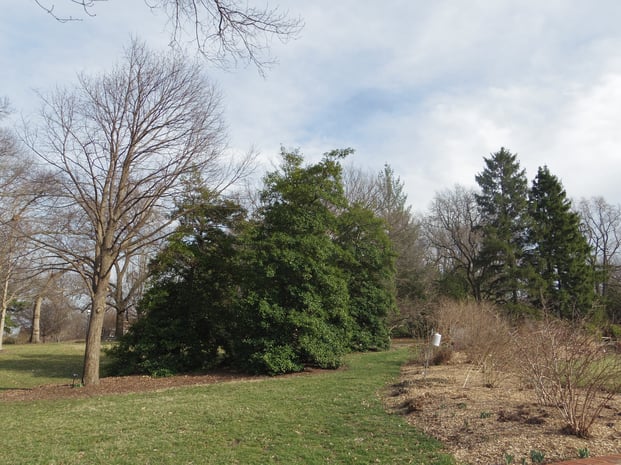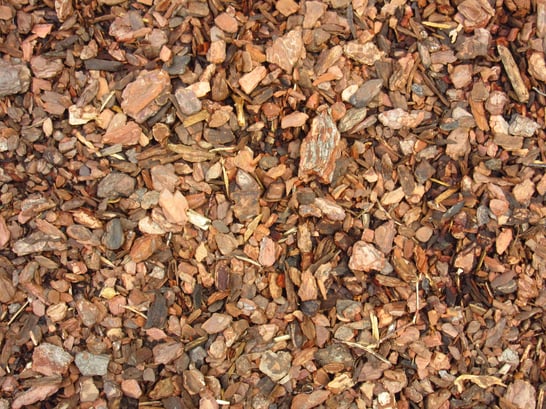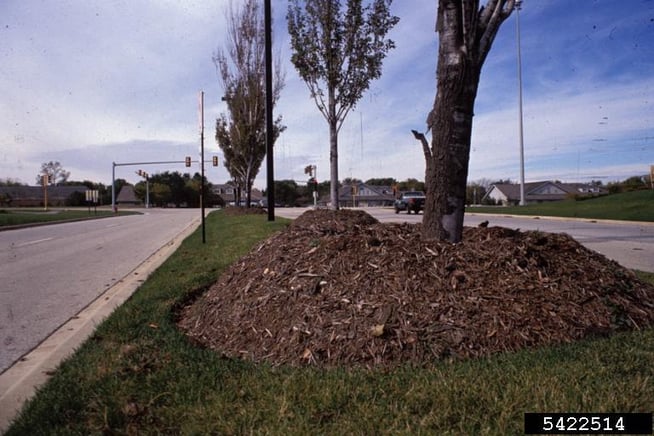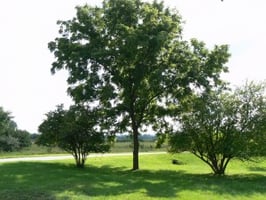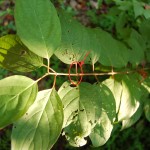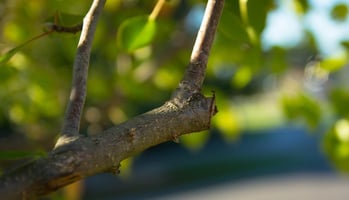With all the rain we have been having in St Louis lately we thought it was a good time to share our...
Mulching is a great way to get your yard Spring-Ready (but do it right!)
What are some ways you get ready for the growing season? What about your trees? Mulching is beneficial not only to the appearance of your yard, but also the health of your plants. But a bad mulch job, can be lethal! Read on to learn our tips for a professional mulching.
WHY should I mulch my trees?
- water conservation
- reduce danger from lawn mower/weed eater damage
- prevents soil compaction
- moderates soil temperature
- reduces root competition
- adds organic matter to your soil
- well-kept appearance for yard
When is the best time to mulch? And how often?
At least once a year. Applying mulch in late spring can reduce weeds before they start to emerge. Another application in early fall will benefit the the plants as well.
What plants need mulch?
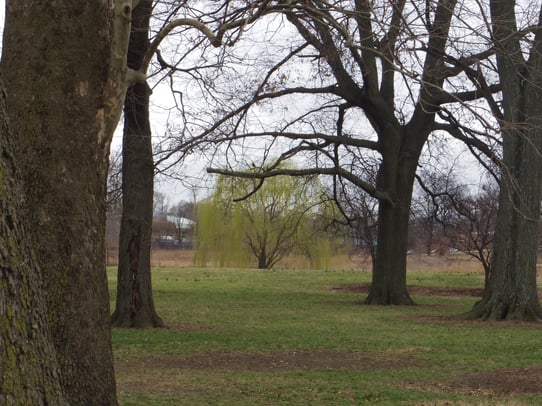
Forest Park applies light layers of mulch around mature trees, likely to assist mowers in not causing damage to trunks of trees.
Mulching isn’t necessary for all plants in your yard. Some people do not like the appearance of mulch, some don’t want to spend the time. Mature trees with established root systems don’t need mulching. But we still recommend it due to the benefits. (plus you won’t need to get the weed-eater out around your trees if the mulch is keeping the grass from growing around them.)
What type of mulch should I use?
Use organic mulches. These will contain a variety of natural products derived from plants (pine needles, tree bark, leaves, etc) that will break down and add nutrients to the soil.
How do I do it?!
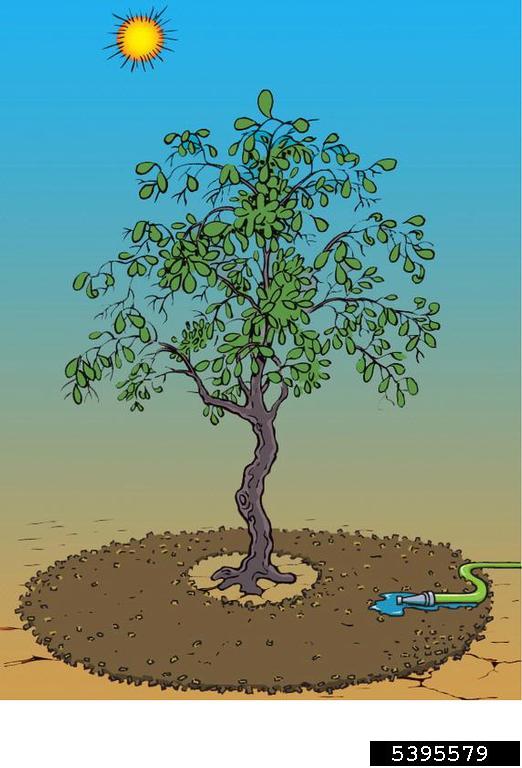
Proper mulching looks like a donut around a tree. When applied properly, the mulch can effectively absorb and hold water. CC image courtesy ISA via Forestry Images.
Spread a 2-4in layer of mulch around your tree. Be sure to leave a space of a couple inches from the base of your tree. Mulching right up to your tree creates a moisture rich environment which invites pests, disease and decay.
What to Avoid
Volcanoes- Your mulching should look like a donut not a volcano. Do not create a layer of mulch that is too thick. Too much of a good thing applies to mulching too! ( Only 2-4 depth of mulch is necessary)
Dyed mulch- Much of the mulch that is dyed is dyed with vegetable based dyes. No harm there. However, the wood used is often “recycled” meaning that it could be coming from salvaged woods that in many cases have been treated with chemicals. Not good. There are some companies that can make a safe option for dyed mulch, but in all this process of dying mulch is really not necessary and a waste of resources.
Inorganic mulches- These are mulches like “lava” rocks, stone, pulverized rubber, etc that do not break down. While some people may like these because they won’t need to be replenished as much as organic ones, they also do not add any nutrients to your soil.

